Why Every Kitchen Needs a Salt Cellar
"I can't believe I didn't know these existed."
That's the reaction we hear most often from customers who've just received their first salt cellar. As an avid home cook, I discovered salt cellars the same way most people do—by watching professional chefs effortlessly season their food with pinches of salt, never reaching for a mill or shaker. Once you understand the technique, you realize why every serious kitchen needs one.
The Professional Secret That Changes Everything
Professional cooks don't use salt shakers. They keep their salt in containers that allow instant access with perfect portion control. The reason is simple: when you're cooking, seasoning needs to be fast, accurate, and adjustable on the fly.
Think about it—you're making soup, tasting as you go (as you should), and it needs more salt. With a salt cellar, it's a quick pinch and you're done. With a shaker or mill, you're using both hands, guessing at the amount, and often over- or under-seasoning because you can't control the flow.
The practical advantage is enormous. You can pinch salt with two fingers for a light seasoning or three fingers for more. You develop a feel for exactly how much you're adding, making your seasoning far more accurate than any mechanical dispenser.
Why Salt Cellars Matter More Than You Think
Here's the thing about salt: unsalted food generally isn't very flavorful. Proper seasoning isn't optional for most home cooking—it's practically mandatory. So if you're going to salt your food anyway, why not do it in the most efficient, accurate way possible?
A quality salt cellar makes seasoning food a breeze. Keep it on your counter near where you cook, and you have one-handed access to perfectly portioned salt whenever you need it. No grinding, no shaking, no guesswork.
After three years of making salt cellars and using one daily in my own kitchen, I can say this: once you experience the convenience and control of pinch seasoning, going back to a shaker feels primitive.
Engineering the Perfect Lid: Precision Down to Thousandths
The heart of a great salt cellar is the lid mechanism, and this is where our engineering background really matters. The lid needs to fit snugly enough to keep dust and moisture out, but open effortlessly with one finger.
We achieve this through precision fitting that leaves only a couple thousandths of an inch gap on each side. Being off by just ten thousandths can make the difference between smooth operation and a frustrating experience. The lid opens to between 95 and 100 degrees, allowing it to stay open during use and close easily when you're done.
The most challenging aspect of making salt cellars is boring the hole for the hinge pin. We work to tolerances measured in thousandths of an inch to ensure that smooth open-and-close action while getting the opening angle exactly right.
Three Iterations to Get It Right
Our current salt cellar design is actually the third iteration after several prototypes. The original was smaller, less attractive, and harder to use. Through customer feedback and our own daily use, we've refined the design to its current 6" x 3.5" x 3.5" dimensions.
This size represents the sweet spot—large enough to hold 2 cups of salt (which lasts most home cooks several months), but compact enough to move around your kitchen easily. You can bring it to your cutting board, over to the stove, or wherever you're working without it feeling unwieldy.
The box joint construction isn't just functional—it makes the piece stand out on your counter. These joints require specialized tooling that we've had to evolve over time. We're currently moving from a horizontal boring machine with templates to a sliding shaper with specialized cutterheads, which will dramatically increase our efficiency while maintaining precision.
Material Choices That Matter
We craft our salt cellars from premium-grade cherry, maple, or walnut, selected specifically to be free of knots and checks. This isn't just aesthetic preference—little creases can harbor bacteria, make cleaning difficult, and compromise structural integrity when you're dealing with food storage.
The body is cut from a single board to ensure consistent grain flow across all the box joint pieces. Cherry offers a middle-ground color, maple provides a light aesthetic, and walnut brings rich, dark tones—allowing you to match your existing kitchen decor.
Each cellar gets our signature cork bottom, a natural and renewable material that prevents sliding while protecting your countertop surfaces. The cork creates the visual effect of the cellar hovering slightly above the surface, adding to the refined appearance.
Food-Safe Finishing for Daily Use
The interior gets exclusively NSF-certified food-grade mineral oil—completely inert, won't spoil, and safe for direct salt contact. The exterior receives our standard hand-rubbed finish for added durability and beauty.
My personal salt cellar has been in daily use for three years without any maintenance beyond the occasional exterior wipe. The mineral oil finish doesn't interact with salt over time, and the cellar remains virtually maintenance-free except for re-oiling every few years if desired.
The Brass Details That Last
 We use solid brass for the hinge pin system—a classic woodworking accent material that's incredibly durable. The lid is pinned on both sides with brass rod, allowing it to pivot smoothly through its range of motion.
We use solid brass for the hinge pin system—a classic woodworking accent material that's incredibly durable. The lid is pinned on both sides with brass rod, allowing it to pivot smoothly through its range of motion.
Brass isn't just attractive; it's practical. Unlike aluminum or other metals, brass develops a beautiful patina over time while maintaining its structural integrity. It's the kind of detail that separates furniture-quality pieces from mass-produced alternatives.
Beyond Salt: Unexpected Uses
While designed for salt storage, customers have found creative applications. Some use them as recipe boxes for small index cards. Others store dried herbs, spice blends, or finishing salts like Maldon when they want those readily accessible for final touches.
The 2-cup capacity works well for any granular ingredient you want to keep handy and protected from moisture. The precision-fit lid keeps contents fresh while the beautiful construction makes it worthy of permanent counter space.
Why Wood Outperforms Other Materials
Ceramic, glass, and plastic salt cellars exist, but wood offers something unique: the level of refinement that comes from traditional joinery. You can only achieve box joint construction with wood, and wood has a warm, inviting quality that cold materials lack.
From a practical standpoint, wood is plastic-free, naturally antibacterial, and ages beautifully with use. Our customers typically describe their reaction as being "thrown aback at the quality" when they first handle one, seeing it as "a piece they'll have forever."
Production Challenges and Future Plans
We produce salt cellars in small batches under 100 units, with joinery currently being our biggest production challenge. We're investing in specialty tools and cutterheads to scale this process while maintaining quality.
Looking ahead, we're planning limited-edition woods like mesquite and other exotic species. We're also considering engraving options, though this presents challenges when integrated into our production workflow.
A Kitchen Investment That Pays Daily Dividends
Our salt cellars complement our other kitchenware—utensils, drawer organizers, and cutting boards—helping complete a thoughtful kitchen setup. Customers often order multiple kitchen products once they experience the quality difference handcrafted tools make in daily cooking.
The versatility is remarkable. Whether your kitchen style is modern, traditional, or somewhere in between, a well-crafted salt cellar finds a home. Between the material choices, timeless design, and functional size, it adapts to virtually any space.
If I could create the "perfect" salt cellar ignoring all constraints, I'd take our current design and somehow make the interior bowl-shaped to eliminate corners entirely. Since that's physically impossible with traditional woodworking, our current design represents the best balance of beauty, functionality, and manufacturability.
The Bottom Line
As more people embrace cooking as a legitimate hobby rather than just survival necessity, tools like salt cellars will become increasingly important. Professional techniques are becoming accessible to home cooks, and the right tools make those techniques possible.
A salt cellar isn't just another kitchen gadget—it's a fundamental tool that improves every meal you cook. The investment pays dividends every single day through faster, more accurate seasoning that elevates your cooking.
Your kitchen deserves tools that work as hard as you do. A quality salt cellar, positioned right next to your stove where you need it most, transforms seasoning from a chore into an effortless part of the cooking flow.


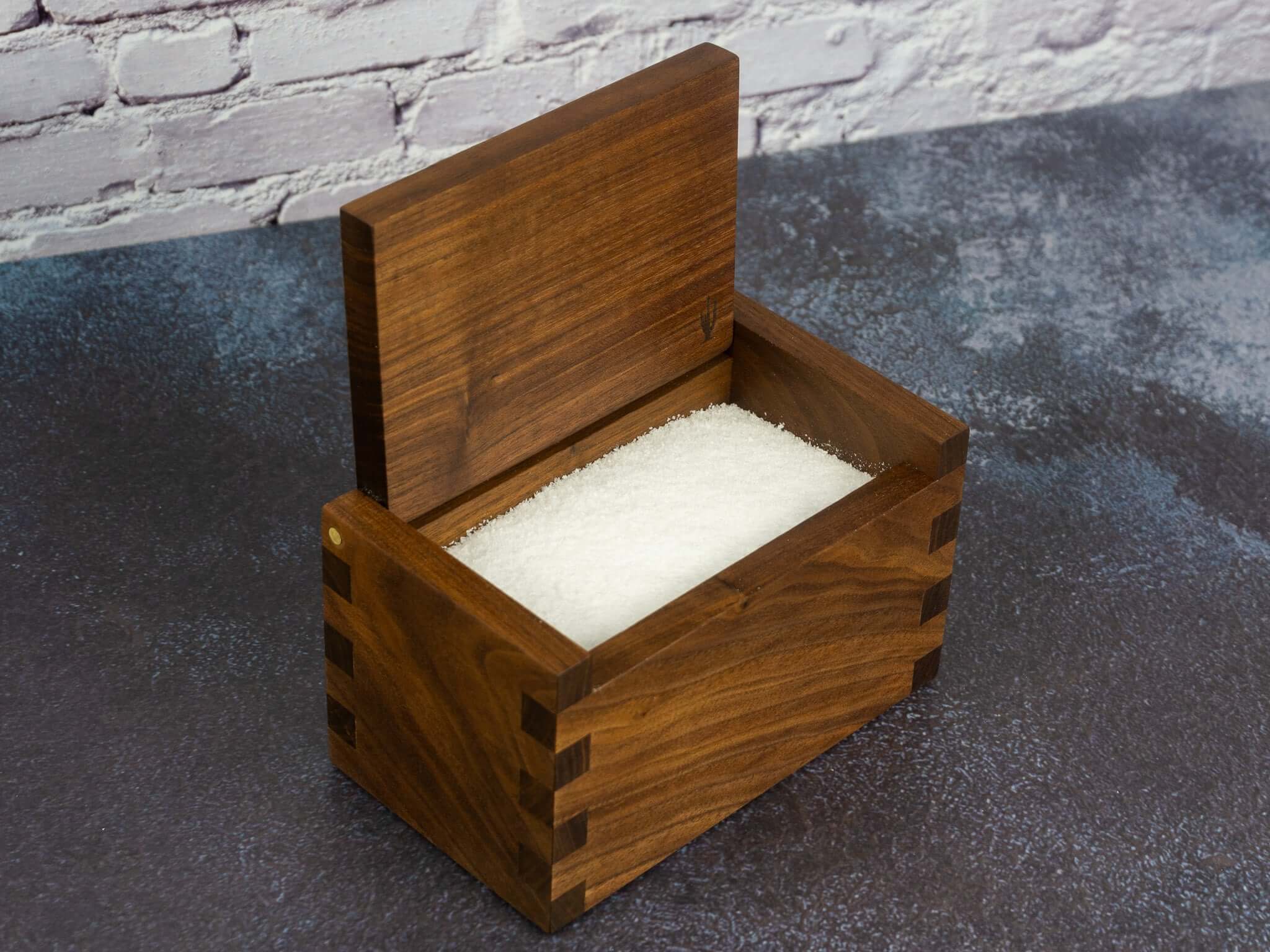


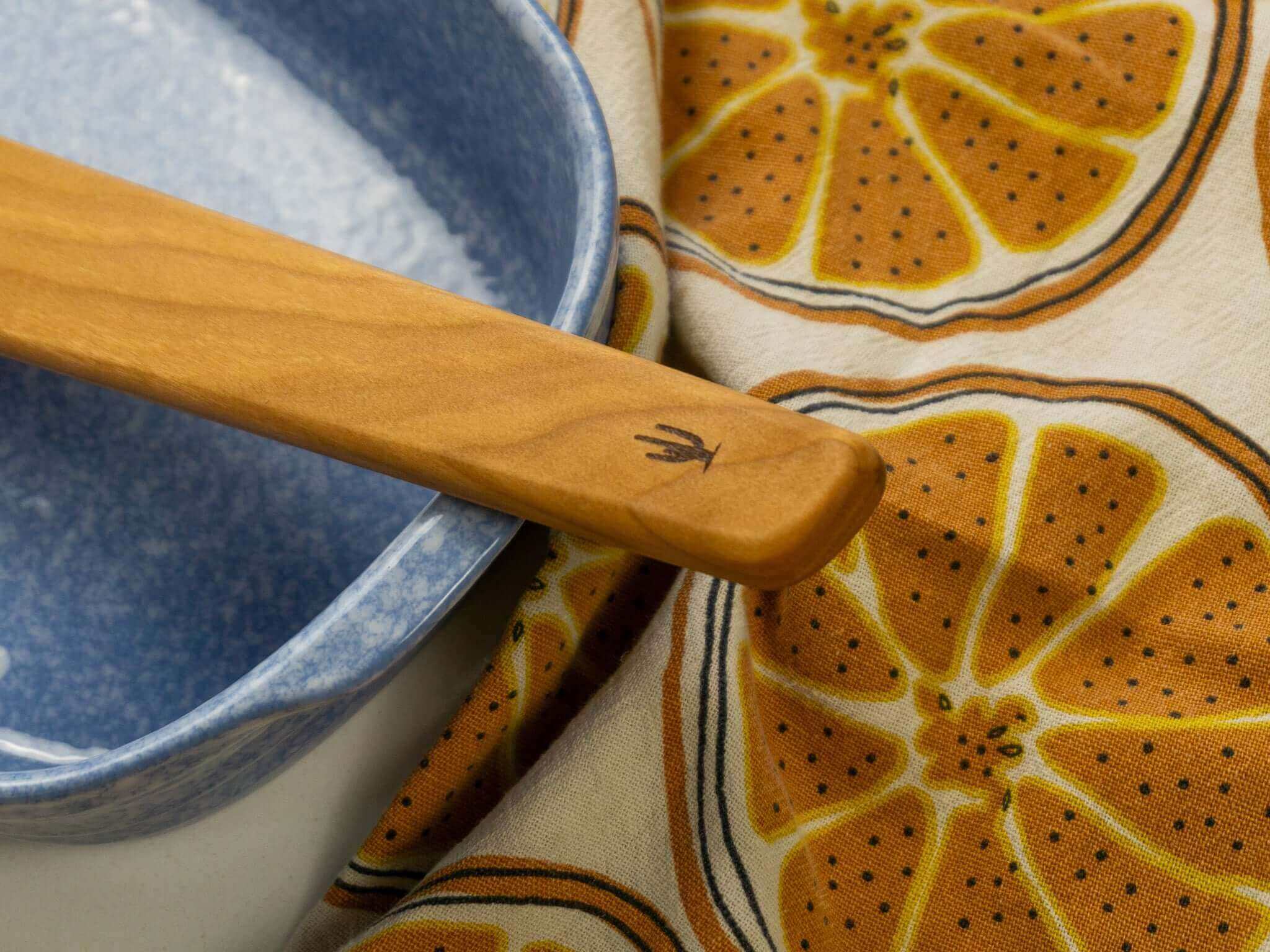

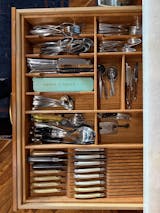
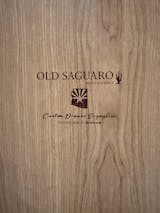
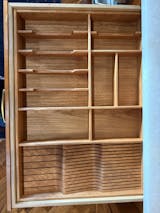

Share:
How We Accidentally Built Our Flagship Product (And Why Your Kitchen Drawers Deserve Better)
The Essential Three: Why These Wooden Utensils Will Transform Your Cooking